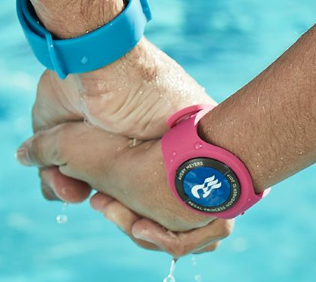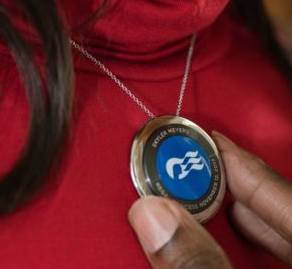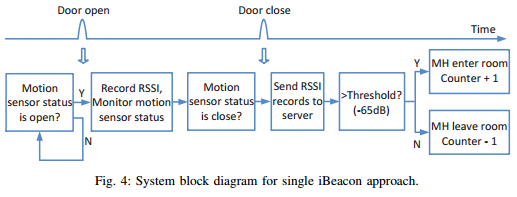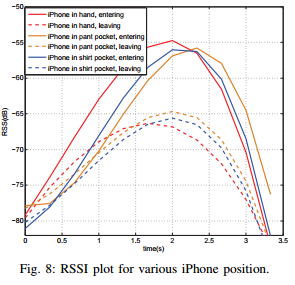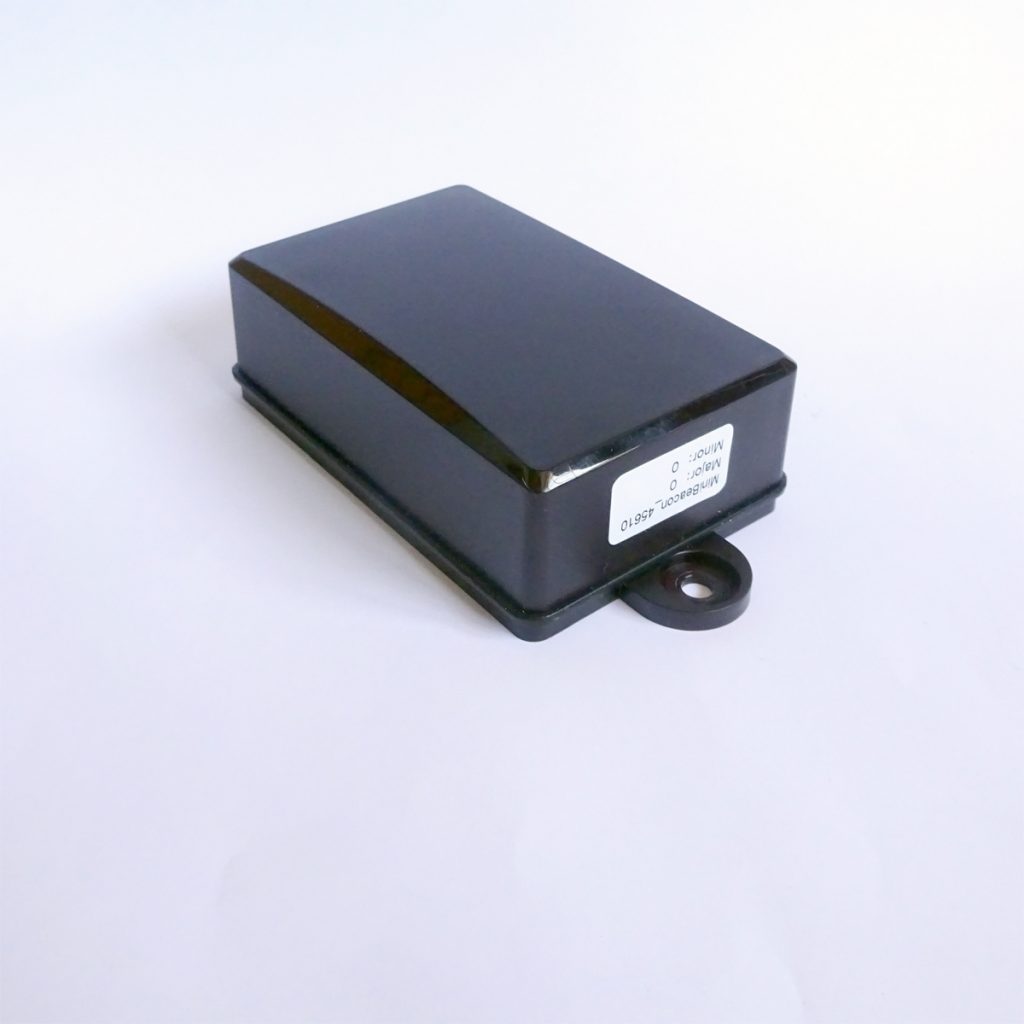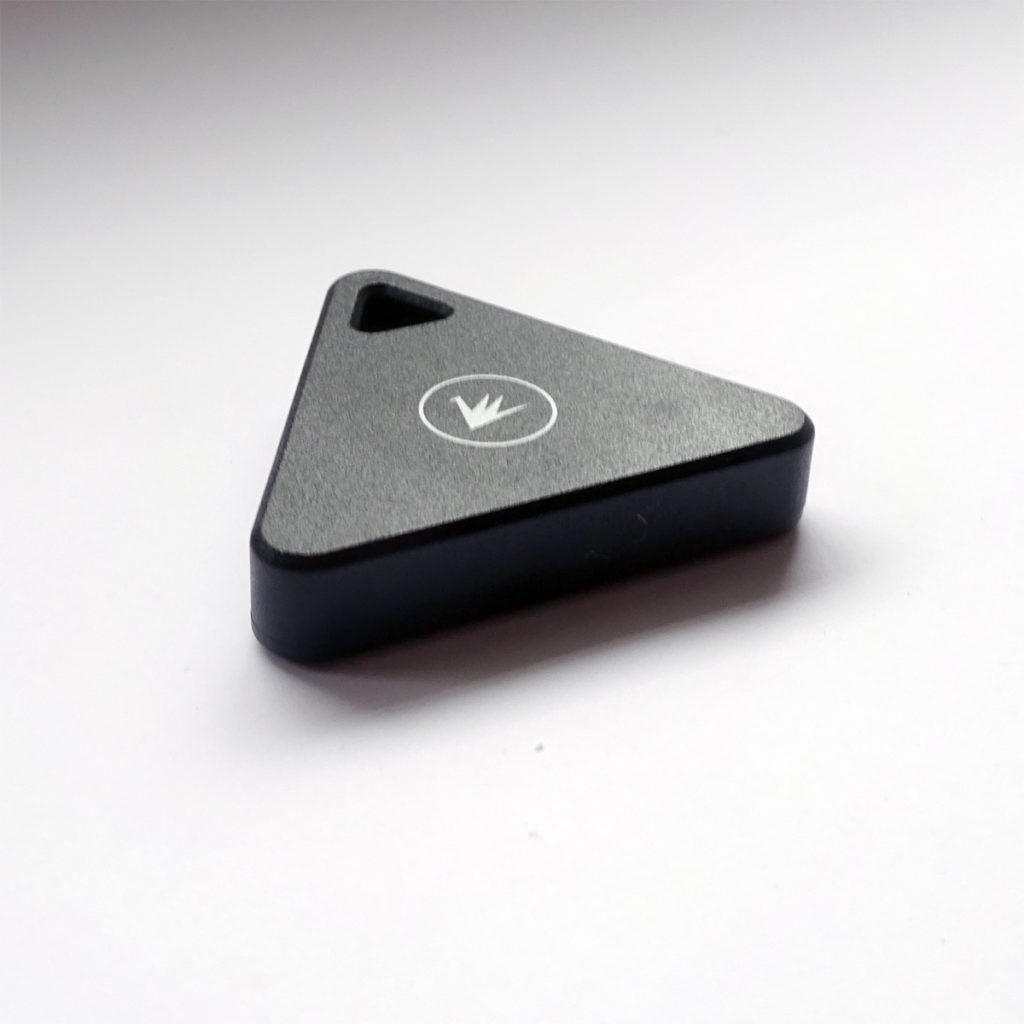You might have stumbled across comments on social media saying something like ‘Is iBeacon still used?’, ‘Remember iBeacon’ or ‘Is iBeacon still a thing?’. It’s a question that tends to crop up now and then. The truth is, iBeacon technology is not only still around, but it has flourished and evolved, becoming integral to various industries.
When Apple first introduced iBeacon technology back in 2013, it was mainly designed for retail notifications. At the time, it seemed like an interesting innovation, enabling stores to communicate with their customers via their smartphones. But, in reality, that was just the tip of the iceberg.
Over the last decade, beacons have evolved from a technology used exclusively in retail stores to one that’s employed across a multitude of industries. The technology has seen enhancements and adaptations, moving well beyond simple notifications and sales promotions.
One of the most significant adaptations of iBeacon technology has been in real-time locating systems (RTLS). Used to track objects and people within confined areas, this technology has made its mark in industries like healthcare, manufacturing, and logistics. Hospitals, for instance, utilise RTLS to monitor equipment and patient movement, reducing waiting times and improving efficiency.
Sensors have become more sophisticated with the help of beacons. From monitoring environmental conditions to tracking health metrics, these smart Bluetooth beacons are integral in gathering vital information. Think of applications such as monitoring temperatures in office buildings or tracking the temperature and humidity in agricultural settings.
IoT represents a world where everyday objects are connected to the internet, sharing information and interacting with each other. Beacons play a pivotal role here, together with gateways. Whether it’s smart homes adapting to your preferences or industrial equipment notifying operators of required maintenance, the applications are boundless.
What began as a way for retailers to send notifications to shoppers in a store has become a technology with applications that stretch as far as the imagination. The beacons of today is more sophisticated, more versatile and more integral to modern life.
So the next time someone on social media questions the relevance of iBeacon, you’ll know the answer is not only a resounding ‘yes,’ but a testament to how far a single technology can evolve.
View Bluetooth beacons
